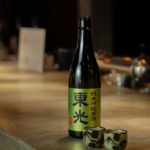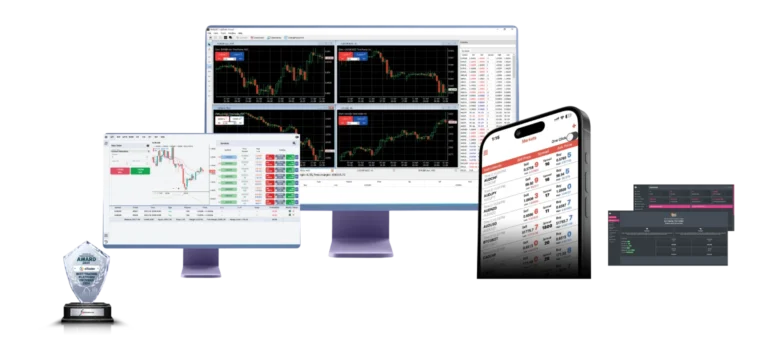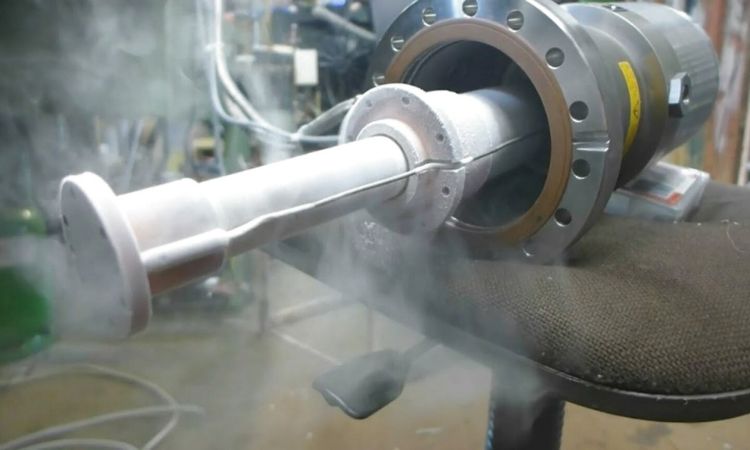The global fulvic acid market size has been making significant strides, reflecting a growing recognition of its myriad benefits across various industries. As of 2023, the global fulvic acid market attained a value of about USD 774.9 million and is estimated to further expand at a compound annual growth rate (CAGR) of 11.6% during the forecast period of 2024-2032. This remarkable growth is fueled by increasing applications in agriculture, medicine, personal care, and supplements, leading to a rising demand for this natural compound.
Understanding Fulvic Acid
Fulvic acid is a complex organic compound derived from the decomposition of plant and animal matter. It is rich in nutrients, minerals, and bioactive compounds, making it an essential component in various ecological systems. The unique properties of fulvic acid, such as its ability to enhance nutrient absorption and improve soil health, have garnered significant attention in agricultural practices. Additionally, its potential health benefits have spurred interest in the medical and personal care sectors.
Current Market Landscape
Market Size and Historical Trends
The fulvic acid market has witnessed steady growth in recent years, driven by heightened awareness of sustainable practices and natural products. In 2023, the market value reached approximately USD 774.9 million, signaling a robust demand trajectory. Key factors contributing to this growth include the increasing popularity of organic farming, rising health consciousness among consumers, and the expanding use of natural ingredients in personal care products.
Future Growth Forecast
Looking ahead, the global fulvic acid market is poised for significant expansion. With an estimated CAGR of 11.6% from 2024 to 2032, the market is expected to benefit from a multitude of trends, including the growing demand for environmentally friendly agricultural solutions, the rise of nutraceuticals, and the shift toward natural skincare products. The integration of technology in agriculture, such as precision farming and soil health monitoring, will also play a crucial role in driving demand for fulvic acid.
Market Segmentation
By Form
- Liquid Fulvic Acid:
- Liquid forms of fulvic acid are highly versatile and are widely used in agricultural applications. They are often preferred for their ease of use and ability to be mixed with fertilizers, enhancing nutrient uptake by plants. Liquid fulvic acid is particularly popular among organic farmers seeking to improve soil fertility and crop yields.
- Powdered Fulvic Acid:
- Powdered fulvic acid is another significant segment, favored for its long shelf life and concentrated form. It is often utilized in dietary supplements and personal care products, where it can be blended into capsules or mixed with creams for topical application. This form allows for precise dosage and application, catering to a broad range of consumer preferences.
By Application
- Agriculture:
- The agricultural sector is the largest consumer of fulvic acid. Its ability to enhance soil health, improve nutrient absorption, and increase crop productivity makes it a valuable asset for farmers. With the rising global population and the corresponding demand for food, the use of fulvic acid in agriculture is expected to grow significantly.
- Medicine and Supplements:
- Fulvic acid has gained attention in the medical field for its potential health benefits, including antioxidant properties and its role in detoxification. Its increasing incorporation into dietary supplements is a testament to its growing popularity among health-conscious consumers seeking natural alternatives.
- Personal Care:
- The personal care industry is also embracing fulvic acid for its moisturizing and anti-aging properties. It is being incorporated into skincare products, hair care formulations, and cosmetics, appealing to consumers looking for natural ingredients.
- Others:
- Beyond these primary applications, fulvic acid is finding its way into various industries, including food preservation and wastewater treatment, further diversifying its market potential.
Regional Analysis
North America
The North American market for fulvic acid is characterized by a well-established agricultural sector and a growing interest in organic farming. The United States and Canada are major contributors to this market, with increasing investments in research and development.
Europe
Europe holds a significant share of the fulvic acid market, driven by stringent regulations on chemical fertilizers and a shift toward sustainable agriculture. Countries like Germany, France, and the UK are leading the charge in adopting natural solutions.
Asia-Pacific
The Asia-Pacific region presents lucrative opportunities for market growth, particularly in countries like China and India, where agricultural productivity is a pressing concern. The rising awareness of health and wellness among consumers is also boosting demand for fulvic acid in supplements and personal care products.
Latin America
In Latin America, the fulvic acid market is expanding as farmers seek sustainable solutions to enhance crop yields. The region’s rich biodiversity offers a favorable environment for the production of fulvic acid, making it a key player in the global market.
Middle East and Africa
The Middle East and Africa are emerging markets for fulvic acid, with increasing interest in organic farming practices and natural health products. The region’s unique climatic conditions create opportunities for fulvic acid applications in agriculture.
Market Dynamics
SWOT Analysis
- Strengths: Fulvic acid’s unique properties and wide-ranging applications position it as a versatile product in multiple industries.
- Weaknesses: The market faces challenges, including a lack of awareness among consumers and regulatory hurdles related to product labeling and claims.
- Opportunities: The growing trend toward natural and organic products presents significant growth opportunities for fulvic acid.
- Threats: Competition from synthetic alternatives and economic fluctuations may impact market stability.
Porter’s Five Forces Analysis
- Threat of New Entrants: Moderate; while barriers to entry exist, the rising demand for natural products may attract new players.
- Bargaining Power of Suppliers: Moderate; suppliers of raw materials have some leverage, but the increasing number of producers may balance this.
- Bargaining Power of Buyers: High; consumers have numerous options available, driving the need for quality and competitive pricing.
- Threat of Substitute Products: High; alternatives such as synthetic fertilizers and chemicals pose a significant threat.
- Industry Rivalry: Intense; the market is characterized by a multitude of players competing for market share.
Key Indicators for Demand and Price
Demand for fulvic acid is influenced by several key indicators, including agricultural productivity, health trends, and consumer preferences for natural products. Price fluctuations are driven by supply chain dynamics, raw material costs, and market competition.
Competitive Landscape
Key Players
Major players in the global fulvic acid market include companies such as:
- Humic Growth Solutions
- Shandong Huilong Agricultural Development Co.
- Agricultural Solutions, Inc.
- Fujian Sannong Group
These companies are focusing on strategic initiatives, such as partnerships and product innovations, to enhance their market presence.
Recent Developments
Recent innovations in fulvic acid formulations and applications are shaping the competitive landscape. Companies are increasingly investing in research and development to explore new uses and improve product efficacy.
Strategic Initiatives
To maintain a competitive edge, key players are adopting strategies that include expanding their product lines, entering new markets, and focusing on sustainability to meet consumer demands.






















